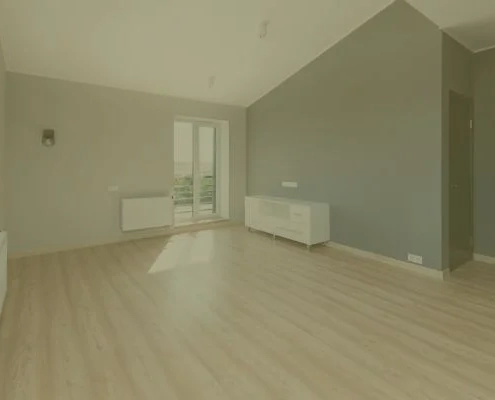
Insights for Student Accommodation Guaranteed Rent Management
Mastering Guaranteed Rent Management
Managing student accommodation properties can be a challenging task for landlords and property managers. However, with the increasing popularity of guaranteed rent management schemes designed for student…

Deciding Between a Room and a Whole Flat for Quick Changes
In the realm of deciding between a room and a whole flat while renting, the decision-making process involves careful consideration of various factors. One significant aspect that often comes into play is the ease of making changes to your living…

A Guide to Tax Implications of Guaranteed Rent for Landlords
Understanding Tax Implications in Guaranteed Rent Schemes
Guaranteed rent schemes are becoming increasingly popular among landlords who are looking for a stable income source in the property investment sector. However, landlords need to understand…

Maintaining a Tidy Shared Flat: Importance of a Cleaning Rota
In the vibrant tapestry of shared living, maintaining a tidy shared flat isn't just a chore; it's a shared responsibility that enhances the overall living experience. This article delves into the significance of a cleaning rota in shared spaces,…

Securing Guaranteed Rental Income with Due Diligence
Mastering Due Diligence for Guaranteed Rental Income
In today's dynamic real estate market, investors are constantly seeking avenues for stable returns and guaranteed rental income stands out as an attractive option. However, before diving…

London's Shared Housing: Elevating the Joy of Living
In the bustling metropolis of London, where the pulse of city life reverberates through every corner, London's shared housing emerges as a unique lifestyle choice gaining popularity. This concept goes beyond mere cohabitation;…

Rent Assurance Policies: A Guide for Landlords and Tenants
Securing Stability: Exploring the Diversity of Rent Assurance Policies
Rent assurance policies provide landlords and tenants with a sense of security and stability in the unpredictable world of rental property management. However, not all…

Shared Living Unveiled: Building Connections with Amazing People
Shared living unveiled: Embracing shared living is not just about splitting rent and expenses; it's a unique journey filled with opportunities to discover incredible individuals and forge enduring connections. In this blog, we will delve into…

The A to Z of London Landlord Laws: Guide for Property Owners
In the bustling and diverse landscape of London's real estate market, navigating the intricate web of landlord laws is crucial for property owners. Understanding the legal framework ensures a harmonious relationship between landlords and tenants,…






